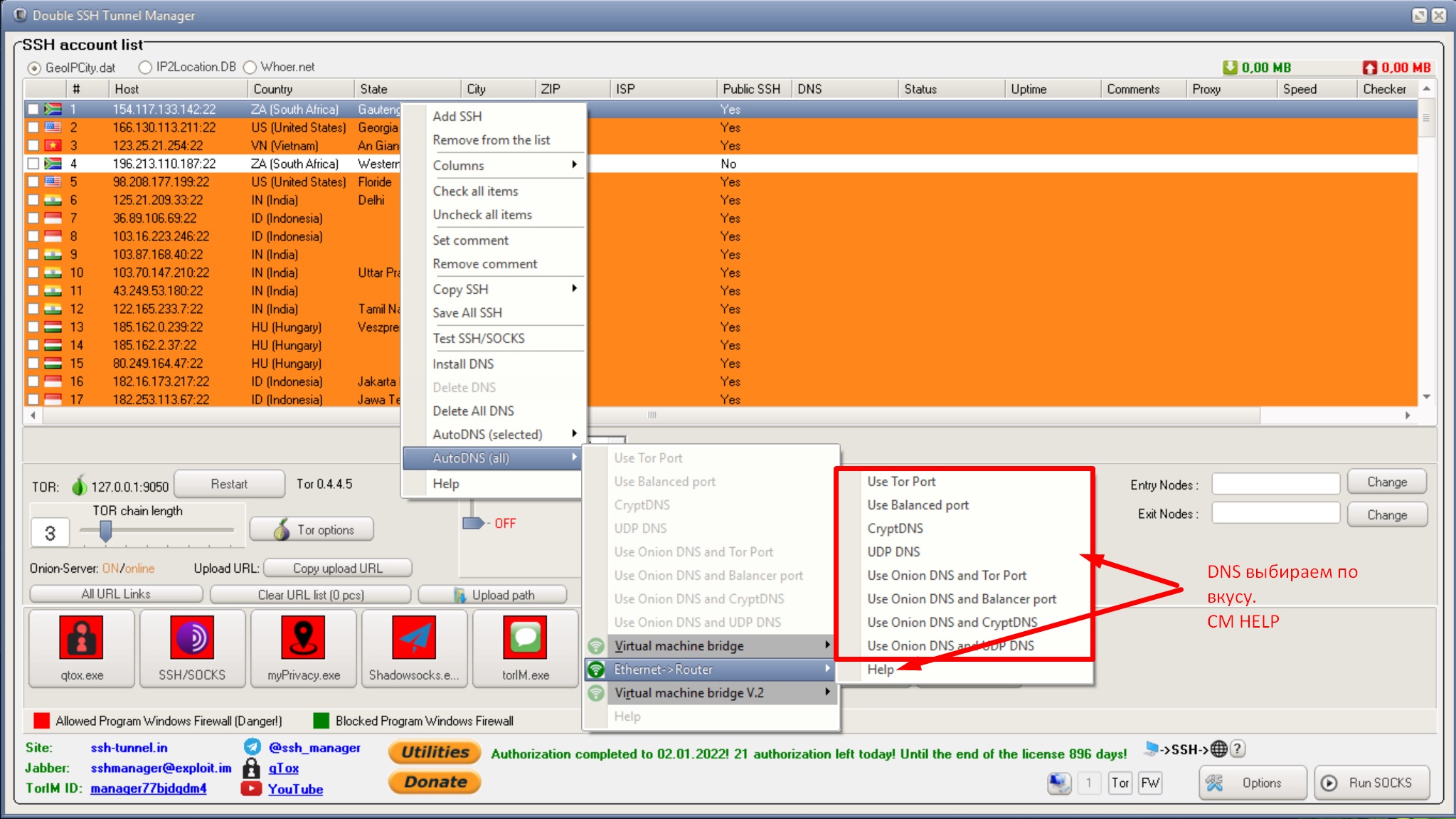
Rpivot is a SOCKS proxy based on a pivot tool that works like an SSH dynamic proxy (-D option). On the other hand, specifying a single port to forward is also possible using -L fag. With this parameter in place, the tool will spawn a socks server on the client side. Suppose you find a way to communicate with the SSH server installed on the target server, connect with the -D flag. The syntax of the local port forwarding is given below.To transfer traffic to 10.10.10.0/24 via the pivot, we can use the following command: sshuttle -r 10.10.10.0/24Īfter that, sshuttle will create the iptables rules, and the communication can be done by using a command like this: curl -head It will normally connect to the SSH server, but in this case, you have to use the -L option with ssh command by defining the local port, remote address, and remote port. The resources of the remote machine can be accessed from the client machine by using local port forwarding. Access remote resources from the client machine Three types of SSH port forwarding have been shown here by three examples.Ī. Here, the username of the server machine is ‘fahmida,’ and the username of the client machine is ‘Yasmin. You can follow the same process for the remote server. The SSH tunneling and port forwarding examples have been shown here using two local server accounts. Examples of SSH tunneling or port forwarding The applications using SOCKS proxy will connect to the server machine that will forward the traffics to the destination machine.

Next, it will forward to the dynamic port of the destination machine. It is used to create a socket on the client machine that will work as a SOCKS proxy server, and when a client connects to the port, the connection will be forwarded to the server machine. Here, the destination machine can be any local machine or another machine. The server machine listens on a given port and tunnels the connection from that port to the particular port of the client machine in this type of forwarding. It is used to forward a port from the server machine to a port of the client machine, and next, that will be forwarded to the destination machine. The opposite of the local port forwarding is remote port forwarding. This forwarding is mainly used on the internal network such as VNC (Virtual Network Computing) server. Here, the destination machine can be any remote server or another machine. The client machine listens on a given port and tunnels the connection from that port to the particular port of the server machine in this type of forwarding. It is used to forward a port from the client machine to a port of the server machine, and next, that will be forwarded to the destination machine. $ sudo service ssh restart Local Port Forwarding The private key will be stored in the remote server, and the public keys will be stored in the client securely. Run the following command to create the public key and the private key. Generate the SSH Key pairs to execute the commands in the remote server.

Enable the SSH service on Ubuntu if it is not enabled before.ī.

Prerequisitesīefore starting the steps of this tutorial, the following steps will be required to complete.Ī. The ways to use SSH tunneling or port forwarding have been explained in this tutorial. These are local port forwarding, remote port forwarding, and dynamic port forwarding. SSH port forwarding can be done in three different ways. This feature of SSH is useful for many purposes, such as managing the database of the restricted server safely, implementing basic VPN (Virtual Private Network), using different services without opening port on the firewall, etc. All connections made by SSH tunneling are encrypted. Creating a secure connection between the local host and the remote host is called SSH tunneling or port forwarding.


 0 kommentar(er)
0 kommentar(er)
